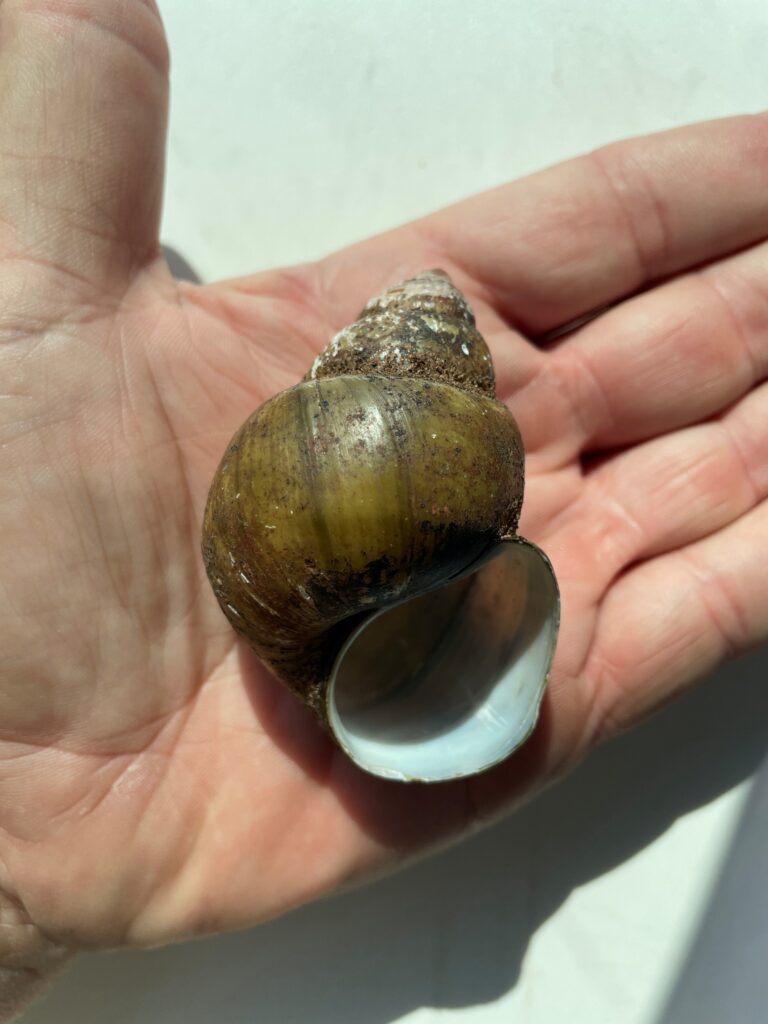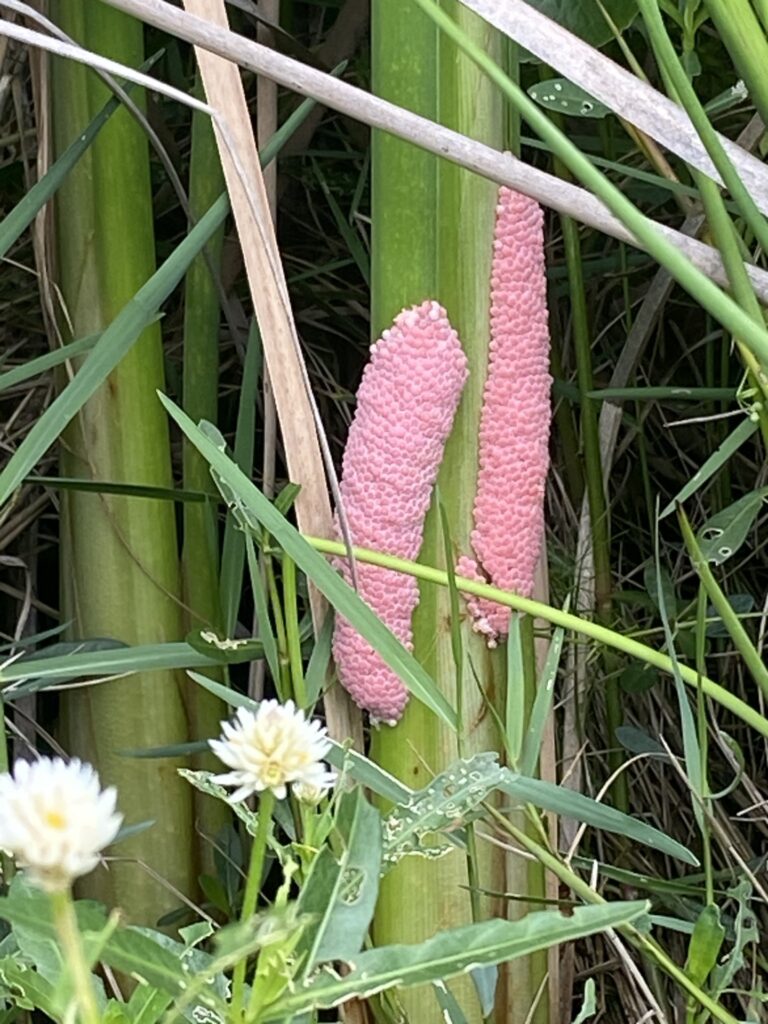You may have noticed a lot of dead deer beside the roads lately. There are two times of year that hitting a deer with your car is more likely. In November during the rut bucks lose their minds and will chase does out into the road. And the does run without being as carful as usual.
This time of year making a living in the woods is tough for herbivores. There is very little green stuff to eat. But if you look, grass often greens up along road right of ways in the winter long before it does in the woods since the road shoulders get a lot of direct sun. That is a meal hungry deer often can’t refuse.
Be extra careful driving during low light conditions early in the morning and at dusk. And watch out all night long. Don’t disturb a deer’s meal and don’t disturb your day with a call to your insurance agent.
But there is an upside to road kills. You can take them home for dinner.
In 2010 Georgia passed a law allowing us to pick up and keep road kill deer and bears. You must report bears to the state but not deer, as I understand the law. Some people eat road kill and it is safe and good if you know what you are doing.
I would be wary of any deer I did not hit or see being hit. And the way it is hit makes a big difference. The collision will bruise and damage meat, much like the area around the bullet wound but larger. But even if you have to throw away some of the venison from a road kill, what you get is free and easy!
How long the deer had been by the road would make a big difference, too, as would time of year. When I shoot a deer I try to field dress it and get it in a cooler as fast as possible. But if the weather is cold enough, the deer will be ok longer.
Many years ago I shot a doe right at dark. Although I spent two hours looking for it, and got some other club members to help me, we never found it. The blood trail disappeared near a ditch but the deer was not in it. Based on the amount of blood and the sounds I heard after the shot, we did not think the deer had crossed the deep ditch.
The temperature was right at freezing at dark and the low that night was 22 degrees. I got to the hunting club the next morning just as the sun came up, climbed up into the stand to get a good line on where the deer was when I shot it the night before, and could see it. It was laying on the other side of the ditch, a few feet from where we had searched.
When I field dress the deer it had an “off” smell, not real bad but not quite right. I did not bother keeping the heart and liver like I usually do. When I carried the deer to the butcher he said it should be ok.
It was, the meat tasted fine when cooked, it had none of the odd taste that I smelled when cleaning it.
Eating road kill is not for everyone but it is legal and safe, if done right.



